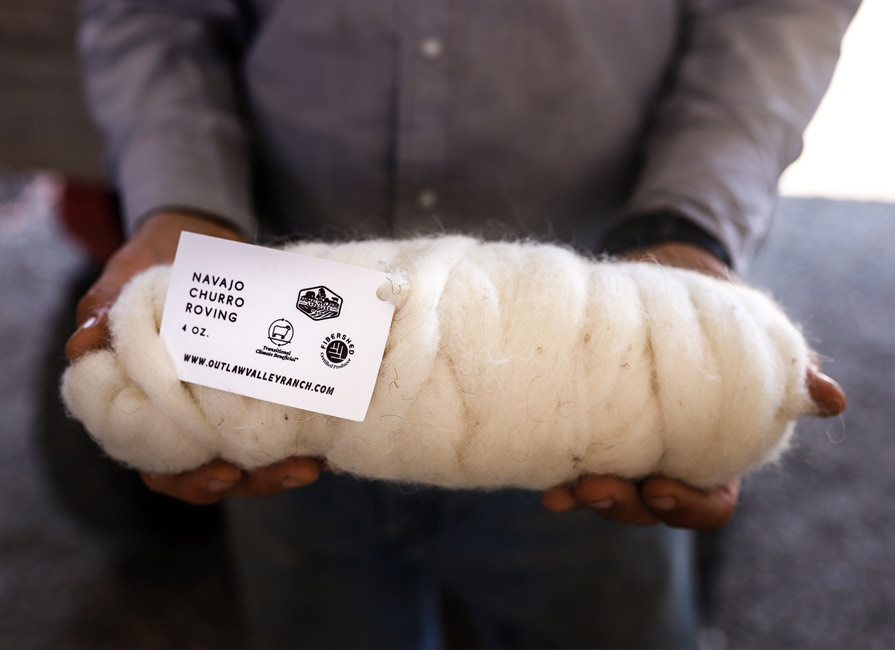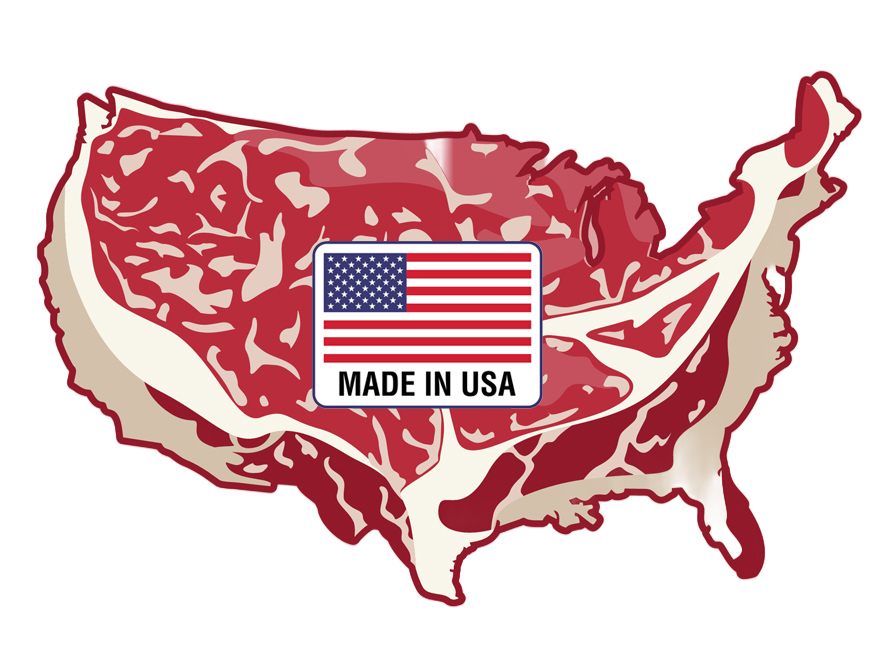Market research shows that today’s consumers are increasingly interested in knowing where their food comes…
Beyond the Bikini: What Carl’s Jr.’s Controversial Ad Could Mean for American Farmers
 Whatever you think about Carl’s Jr.’s Super Bowl Ad (think “Victoria’s Secret hijacks your local farmers’ market”), the real news here is not whether sex still sells, provokes, or offends: The real news is the rise of grassfed beef.
Whatever you think about Carl’s Jr.’s Super Bowl Ad (think “Victoria’s Secret hijacks your local farmers’ market”), the real news here is not whether sex still sells, provokes, or offends: The real news is the rise of grassfed beef.
With almost 1,500 locations across the U.S., Carl’s Jr.’s decision to serve grassfed beef in select locations could be a game-changer for the agriculture industry, potentially dislodging an entrenched and unsustainable beef production system in favor of environmentally sound farming. In short, we may be on the brink of one of the biggest transformations in fast food since the drive-thru window.
According to the USDA, the majority of beef cattle raised in America will spend their final months in feedlots—highly concentrated industrial pens with nary a blade of grass to be found. While it’s fair to say that almost all cattle spend their first few months on pasture, the conventional practice is to sell cattle at around six to 12 months to an aggregator who then finishes the animal on a diet of grain and agricultural byproducts, often supplemented with antibiotics and hormones. This is done to ward off the disease that would otherwise be inevitable in such an unnatural environment, and to speed up growth and maximize profit. While McDonald’s and the Global Roundtable for Sustainable Beef would have you believe that this industrial system is “sustainable,” in reality it comes at a huge cost to our environment, animal welfare, and threatens to make our antibiotics useless.
However, despite what some of the loudest environmental groups say, not all beef is bad. Cattle are ruminants that evolved to eat grass, and thrive in grass-based systems which conveniently offer a number of environmental benefits. Pasture-based, grassfed systems actually have the potential to store atmospheric carbon and mitigate climate change. Famers across the country are already raising and finishing cattle on pasture and forage and, with technical help and support, many more could move to grassfed and pasture-based systems. In fact, “grassfed” production used to be the standard—and still is in countries where the concentrated industrial model hasn’t taken the food system out of farmers’ hands.
AWA just announced our newest certification and food label, “Certified Grassfed,” in response to increasing demand from farmers and consumers for a way to identify truly grassfed, high-welfare meat in the marketplace. We currently certify grassfed beef producers all over the country producing a delicious, healthy product that maximizes animal welfare and quality without sacrificing human health and the environment.
The predominance of industrial, grainfed beef production in America is why Carl’s Jr. has initially sourced its grassfed beef from Australia—but it doesn’t have to stay that way. At AWA, we have been waiting for this moment and have pasture-based, grassfed American farmers ready, willing, and eager to supply this growing demand. If this takes off like we hope, it could be a job creator, a market booster, and could turn beef’s carbon footprint completely around. Based on USDA figures, if half of the U.S. population chose to eat one 4 oz. grassfed burger on just one day a month instead of a conventional burger, we’d see approximately 577,350 cattle raised outdoors on pasture for their entire lives. That’s 577,350 cattle not confined to a dirt feedlot for finishing before slaughter, or fed a high- grain diet, or given subtherapeutic antibiotics or growth hormones—not to mention the environmental benefits gained from grassfed beef production.
Carl’s Jr.’s decision to source grassfed beef is a game-changer. And you can be part of the change, too. This Super Bowl Sunday, I encourage you to choose high-welfare, AWA grassfed beef. Thank your farmer, grill some patties, and enjoy the game. You’ll not only be eating great tasting beef, but you’ll have supported a local business that cares for its animals while stewarding the environment. What could be more All-American than that?



